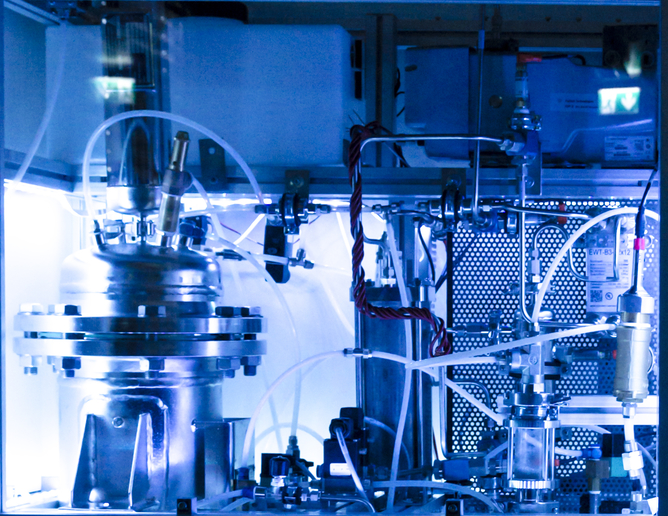A breath of fresh air for wind energy
The first electricity-generating wind turbine was invented in 1888. According to the World Wind Energy Association(opens in new window), global wind power capacity reached 600 GW in 2018 with nearly 54 GW added in 2018 alone. Global energy demand is expected to grow in the coming decades and wind energy stands to play an important role in Europe and beyond. With support of the Marie Curie programme, AEOLUS4FUTURE(opens in new window) established the Marie Sklodowska-Curie Actions (MSCA) Graduate School for Wind Energy to prepare the next generation of scientists and engineers and promote industrial development of WES. Fifteen organisations devoted their time, resources, and passion to prepare 15 early stage researchers (ESRs) for a career in WES. The innovative training network (ITN) supervised and mentored the doctoral candidates in their research projects as well as in scientific writing, oral presentation, and language skills necessary to influence the global wind energy landscape.
Building on the latest technology and materials
Although the wind energy sector is growing fast, it faces challenges in increasing efficiency and structural integrity while reducing noise and vibrations. In addition, while large off-shore and on-shore farms have become much more common, an important emerging market requiring attention is WES in urban areas. All these areas were covered by AEOLUS4FUTURE. AEOLUS4FUTURE started by identifying the wind energy potential of various environments. A natural offshoot was the study of challenging load conditions faced by wind farms located in places where existing wind turbine towers are not suitable. According to project coordinators Prof. Ove Lagerqvist and Dr Karin Habermehl-Cwirzen, taking advantage of high-performance structural materials was key to technical developments. For example, the use of high-strength steels in wind turbine towers expands the possibilities to harvest wind energy at higher altitudes with stronger winds. The design of novel support structures for wind energy converters included innovative maintenance-free fasteners. In addition, the ITN trained technical experts to address the emerging market for WES in urban environments. Finally, as Lagerqvist and Habermehl-Cwirzen explain, “AEOLUS4FUTURE added knowledge to the structural implications of wind and wave loads, thereby improving the possibilities to predict the length of technical life for the structure and to optimise the need for maintenance.”
Supporting more wide-reaching goals
In addition to training technical experts for careers in wind energy, AEOLUS4FUTURE met important non-technical goals. True to Marie Curie’s legacy, the ITN attracted seven women and eight men to its training programme. The team was honoured to participate in the MSCA-funded European Researchers’ Night initiative(opens in new window). As Lagerqvist and Habermehl-Cwirzen explain, “Giving back to society is very important to the consortium. We tried to show the taxpayers and especially young people the developments in wind energy harvesting technology and build their interest to aim to become researchers in this field.” Overall, AEOLUS4FUTURE outcomes and activities will contribute to more effective and environmentally friendly WES for the future. Outreach activities and a focus on noise and vibration will foster the necessary public support.







